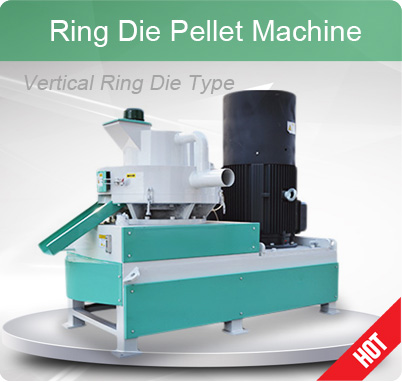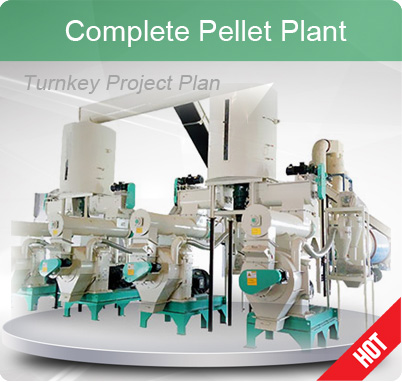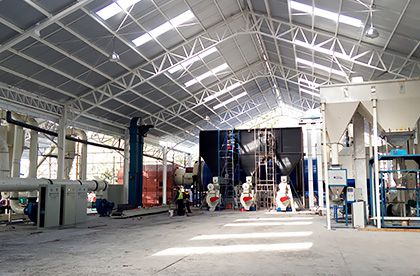Step-by-Step Poultry Feed Manufacturing Process
Poultry feed is a crucial component in the production of healthy and productive poultry. The main types of poultry feed are powder feed, pellet feed, and crumble feed. Each of these feed types has distinct characteristics, processing methods, and benefits. Next, this article will explore these poultry feed processing techniques and machines which are important for your poultry feed manufacturing business plan.

Fodder Machines for Poultry Feed Manufacturing Process
Guide to Poultry Feed Manufacturing Process: Step-by-Step Techniques Explained
In animal feed processing plants, the poultry feed manufacturing process is mainly differentiated according to the form of the feed. There are three common types: mash feed (meal feed), pellet feed and crumble feed. Below we will step by step to understand the three types of feed processing technology.

Poultry Feed Manufacturing Process Flow Chart
Poultry Mash Feed Processing Method
Mash feed, also known as powder feed, is the simplest form of poultry feed. It consists of ground poultry feed raw materials mixed together to form a homogenous blend. The poultry mash feed production process involves several steps:
- Grinding: High-quality grains, protein sources, vitamins, and minerals are selected and ground into a fine powder using a poultry feed grinder machine or a hammer mill.
- Mixing: The ground ingredients are then thoroughly mixed to ensure uniform distribution of nutrients. This is typically done using a poultry feed mixer machine, which ensures all particles are evenly combined. Properly mixed feed can lead to a 5-10% increase in poultry growth rates due to better nutrient distribution.
- Bagging and Storage: The mixed feed is then bagged and stored under appropriate conditions to maintain its nutritional value and prevent spoilage.
Poultry Pellet Feed Manufacturing Method
Pellet feed is created by compressing powdered feed into dense, uniform pellets. Animal feed pellet is preferred for its ease of handling and reduced wastage. The poultry feed pellet manufacturing process involves:
- Conditioning: The powdered feed is conditioned by adding steam and heat, which helps to bind the particles together and improve the digestibility of the feed.
- Pelletizing: The conditioned feed is then passed through a poultry feed pellet mill, where it is forced through a die to form cylindrical pellets. The size of the pellets can be adjusted based on the poultry feed specification requirements.

Poultry Feed Pellet Manufactuirng Machine
Animal Feed Pelleting Machine with Conditioning System
In the modern poultry feed processing industry, commercial poultry feed pellet mills are equipped with a condition function, which helps to improve the palatability and nutritional value of the feed. The conditioning function of the feed pellet mill promotes the full release of nutrients from the feed by adjusting the moisture and temperature of the feed, improving the digestibility and absorption of the feed.
GEMCO's animal feed pelleting machines not only feature advanced conditioning functions, but also utilize high-quality materials and advanced manufacturing processes to ensure the durability and stability of the equipment. Our poultry feed pellet making machines are designed to be simple, easy to operate and maintain, and can be customized to meet the requirements of different scale of feed production needs. Click the button below for more information.
- Cooling: The hot pellets are cooled using a poultry feed pellet cooler to harden them and lower the temperature to 5-10 degrees above room temperature, ensuring they are safe for storage and transport.
- Screening and Packaging: Any fines or unformed pellets are screened out, and the finished pellets are packaged for distribution.
Crumbled Feed Production Method
Crumbled feed is essentially pellet feed that has been broken down into smaller granules. It is particularly suitable for young poultry who may have difficulty eating larger pellets. The crumbling feed manufacturing process involves:
- Pellet Production: Initially, the feed is processed into pellets as described above.
- Crumbling: The pellets are then passed through a feed pellet crumbler machine, which gently breaks them into smaller, irregularly shaped pieces. The crumbling process can increase feed digestibility by 15-20% due to the smaller particle size.
- Screening: The crumbled feed is screened to ensure uniform size, with any oversized or undersized particles being removed.
- Packaging: The final product is packaged by animal feed packaging machine for sale and distribution.
| Feed Type | Typical Particle Size Range (mm) |
|---|---|
| Poultry Feed Mash | 0.5-2.5 |
| Poultry Feed Pellet | 2.5-4.0 |
| Poultry Feed Crumble | 1.0-3.0 |
Strategic Tips for Investing in Poultry Feed Manufacturing Plants
In poultry feed production, the choice of feed manufacturing technology directly affects the benefits of poultry feed manufacturing machinery investment and production results. Poultry feed factory investors and processors in the investment equipment, should be based on the specific needs of the poultry feed manufacturing process for scientific and reasonable choice, in order to ensure that production efficiency and product quality maximization.

Main Poultry Feed Processing Machines of Feed Production line
Feed Production Plant Scale and Market Demand in Feed Manufacturing Industry
When choosing animal feed manufacturing machines, feed mills need to consider their own production scale and market demand. Small feed mills (small feed pellet line) can choose combination equipment to save space and cost, while large feed mills need to be equipped with high-capacity, highly automatic poultry feed machines to meet high-volume production needs. The global poultry feed market is expected to grow at a CAGR of 4.5% over the next five years, so choosing the right equipment is critical to support later-stage feed mill production expansion and increase market share.
Technological Level and Performance of Poultry Feed Processing Equipment
Choosing feed processing equipment with advanced technology and excellent performance is crucial. Modern poultry feed production machines, such as our GEMCO products, with its new feed pellet machines adopt advanced frequency conversion speed control technology, which can effectively reduce energy consumption and lower production costs. According to test data, the use of such high-efficiency equipment can reduce energy consumption by 20% and increase production efficiency by 30%.
Poultry Feed Mill Cost and Return on Investment Analysis
In animal feed mill investment decisions, a combination of investment costs and expected returns need to be considered. Take GEMCO trading successful poultry feed manufacturing project as an example, the payback period of feed processing plant is only 2-3 years.

Chicken Feed Pellet Production Line & Poultry Feed Plant Project
When choosing poultry feed manufacturing equipment, feed company investors and processors should select the equipment that meets the actual situation of the enterprise based on factors such as production scale, market demand and budget. GEMCO is committed to providing customers with the best quality poultry feed production equipment and professional technical support to help customers succeed in the competitive market.
If you have any questions about poultry feed making machines or need further consultation, please feel free to contact us. We look forward to cooperating with you and promoting your poultry feed production business together.











